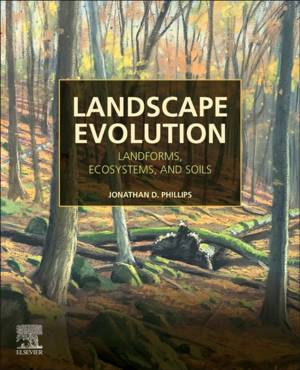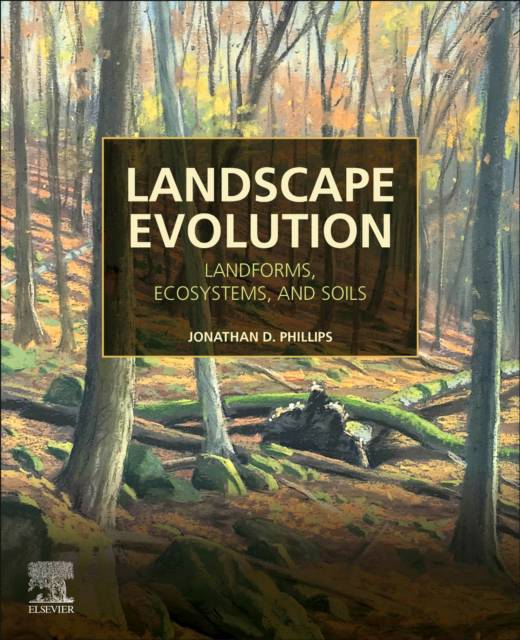
- Afhalen na 1 uur in een winkel met voorraad
- Gratis thuislevering in België vanaf € 30
- Ruim aanbod met 7 miljoen producten
- Afhalen na 1 uur in een winkel met voorraad
- Gratis thuislevering in België vanaf € 30
- Ruim aanbod met 7 miljoen producten
Zoeken
€ 254,45
+ 508 punten
Omschrijving
Landscape Evolution: Landforms, Ecosystems and Soils asks us to think holistically, to look for the interactions between the Earth's component surface systems, to consider how universal laws and historical and geographical contingency work together, and to ponder the implications of nonlinear dynamics in landscapes, ecosystems, and soils. Development, evolution, landforms, topography, soils, ecosystems, and hydrological systems are inextricably intertwined. While empirical studies increasingly incorporate these interactions, theories and conceptual frameworks addressing landforms, soils, and ecosystems are pursued largely independently. This is partly due to different academic disciplines, traditions, and lexicons involved, and partly due to the disparate time scales sometimes encountered. Landscape Evolution explicitly synthesizes and integrates these theories and threads of inquiry, arguing that all are guided by a general principle of efficiency selection. A key theme is that evolutionary trends are probabilistic, emergent outcomes of efficiency selection rather than purported goal functions. This interdisciplinary reference will be useful for academic and research scientists across the Earth sciences.
Specificaties
Betrokkenen
- Auteur(s):
- Uitgeverij:
Inhoud
- Aantal bladzijden:
- 356
- Taal:
- Engels
Eigenschappen
- Productcode (EAN):
- 9780128217252
- Verschijningsdatum:
- 6/05/2021
- Uitvoering:
- Paperback
- Formaat:
- Trade paperback (VS)
- Afmetingen:
- 190 mm x 235 mm
- Gewicht:
- 616 g

Alleen bij Standaard Boekhandel
+ 508 punten op je klantenkaart van Standaard Boekhandel
Beoordelingen
We publiceren alleen reviews die voldoen aan de voorwaarden voor reviews. Bekijk onze voorwaarden voor reviews.








